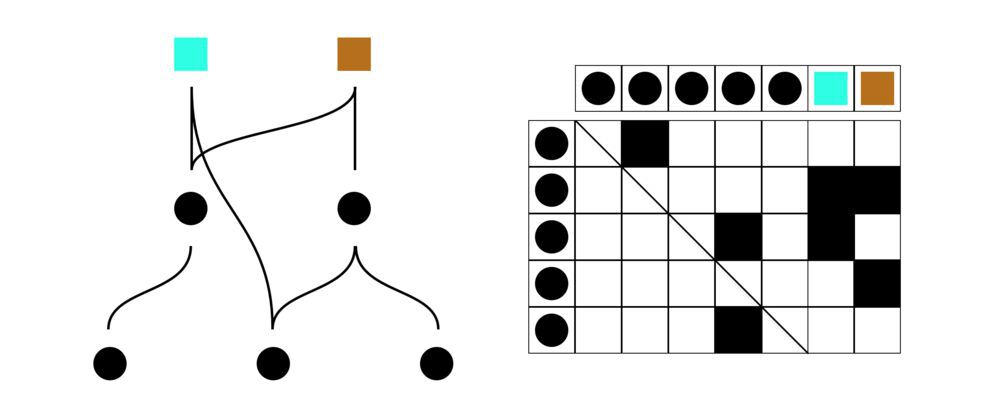Liquid Democracy
The third ’Democracy’
Current known democratic processes
Direct Democracy
people vote for policies directly. This type of democracy only works when each of the members are informed and can estimate the impact of each policy.
similar but different Approval Voting
Representative Democracy
you choose a representative (usually someone) to decide for you. Cuts costs for informed concent, but trades off control. Also known as indirect democracy.
different democracies and their flaws
From the eyes of Aristotle, every form of democracies has their own short commings. To him, it’s rather unsmart to pick and impose which one is the best, but to analyze and what are the possible alternatives that best suits for the community is far more important.
https://www.thoughtco.com/aristotle-on-democracy-111992
飲茶. 史上最強の哲学入門 (Japanese Edition) (Kindle Locations 1497-1499).
Liquid Democracy
Democracy that you can vote for either policies or to peers. (??, ????)

a lot have moved to the PPV section of this memo. Since LD is a special type of PPV.